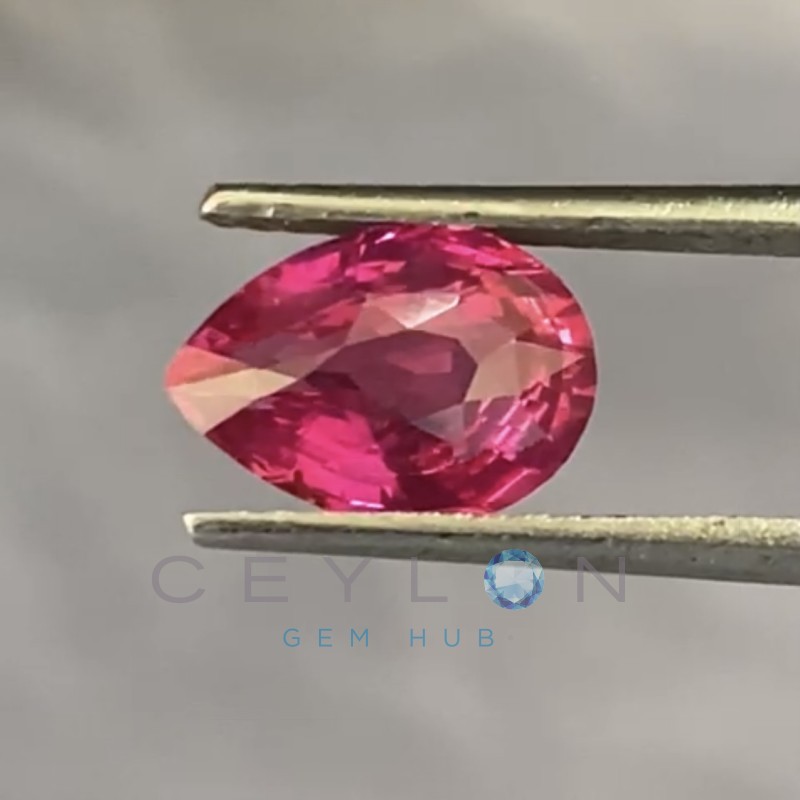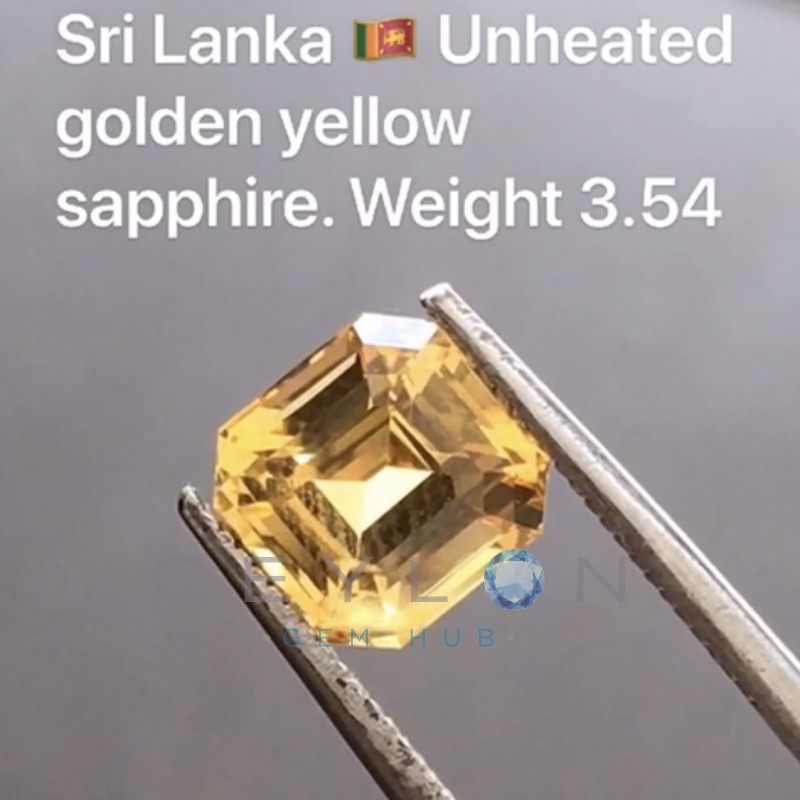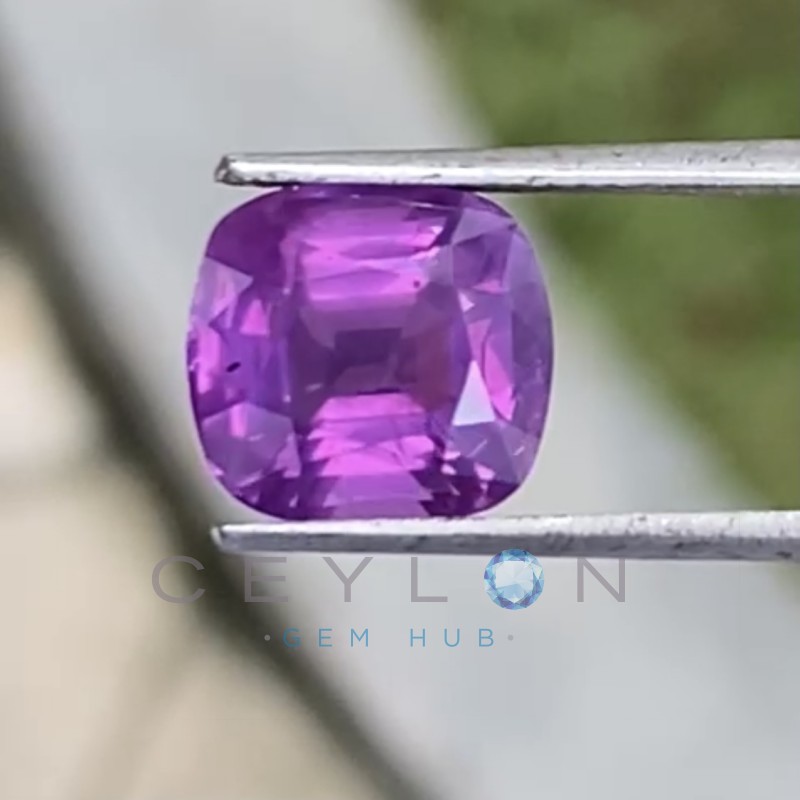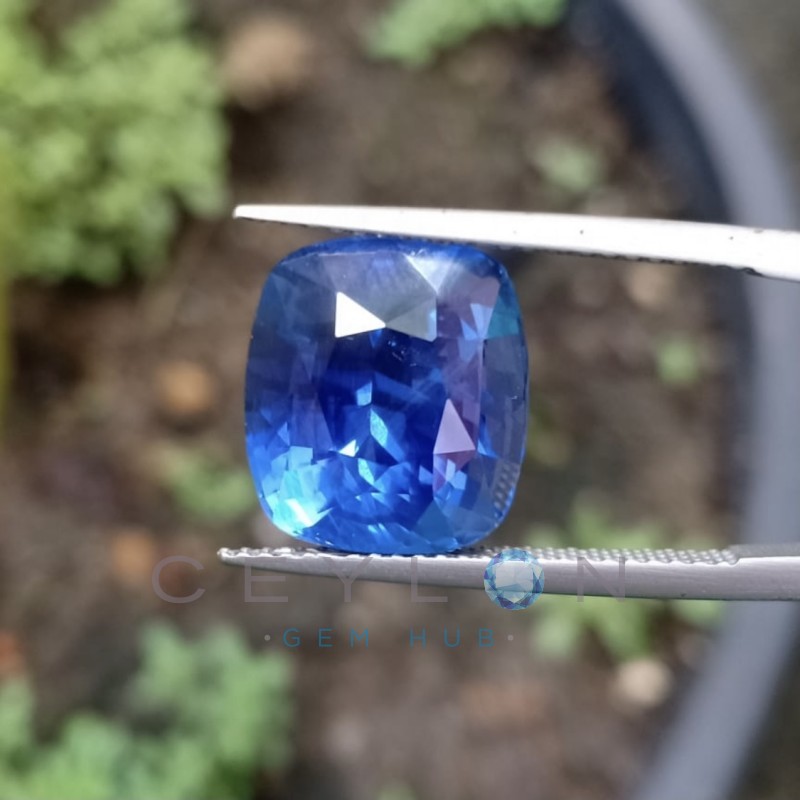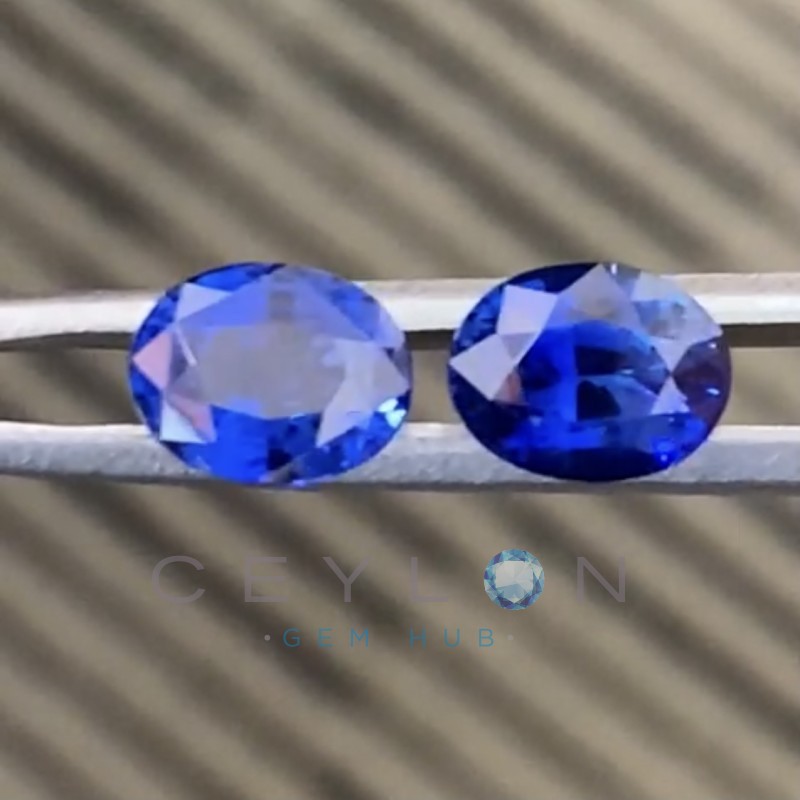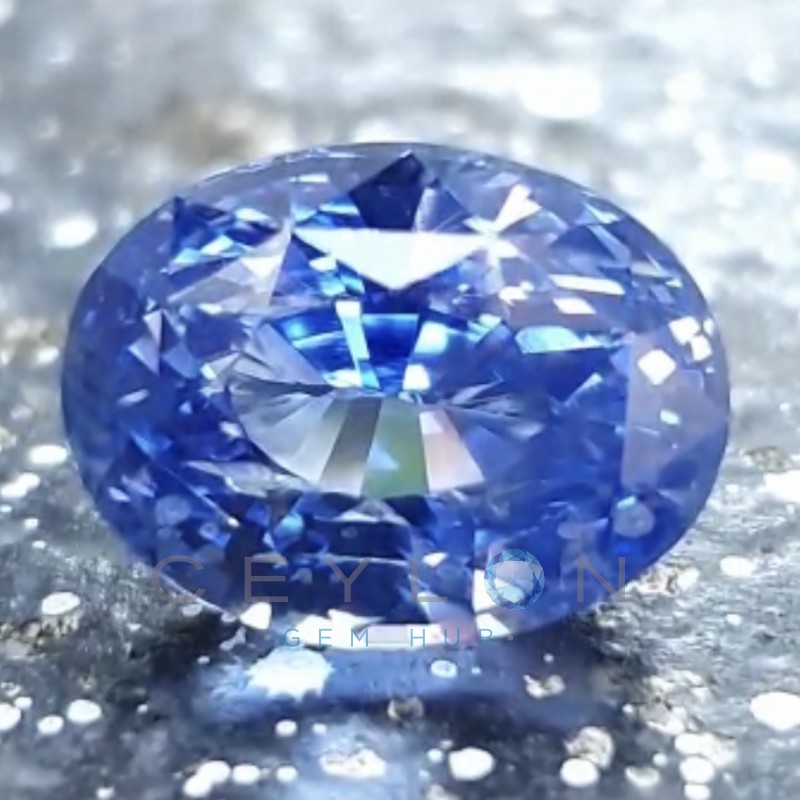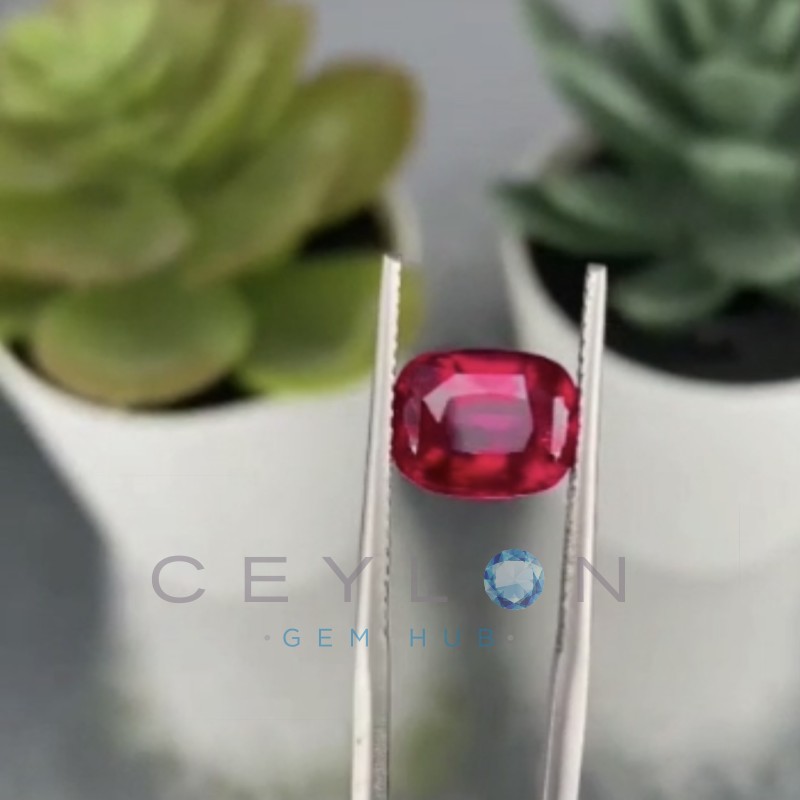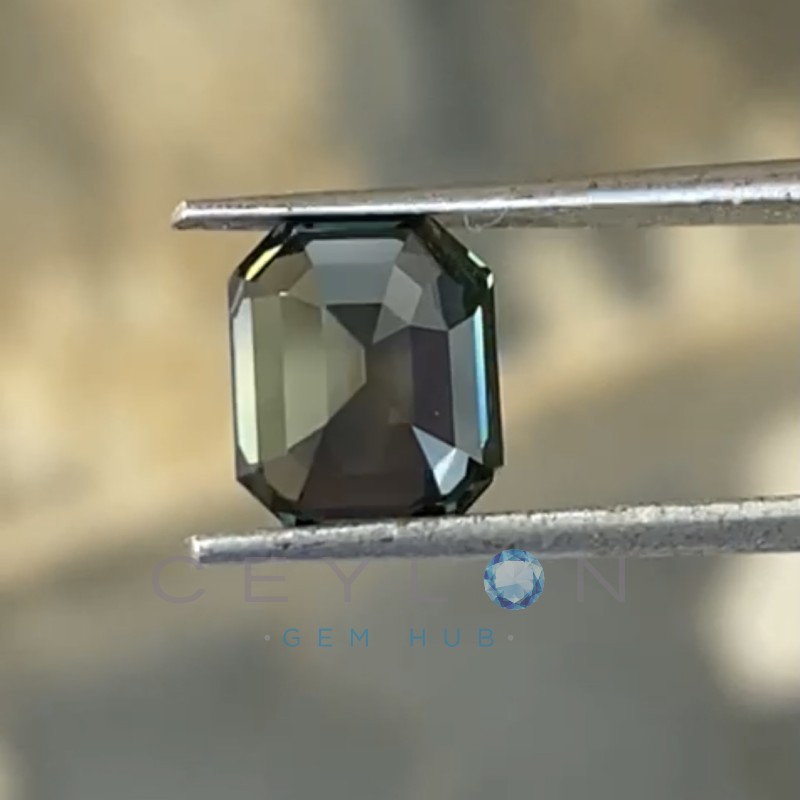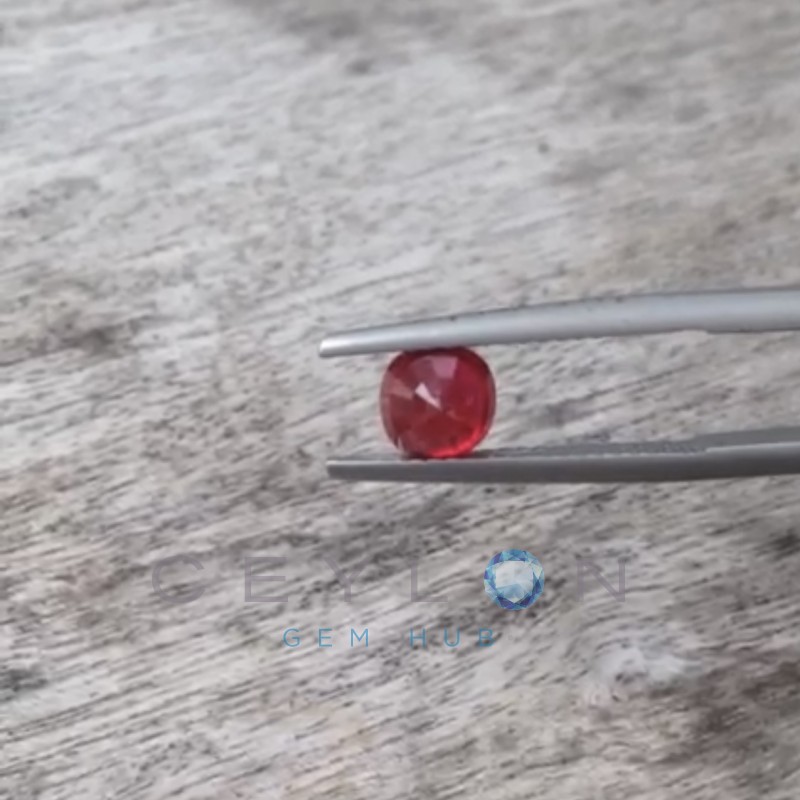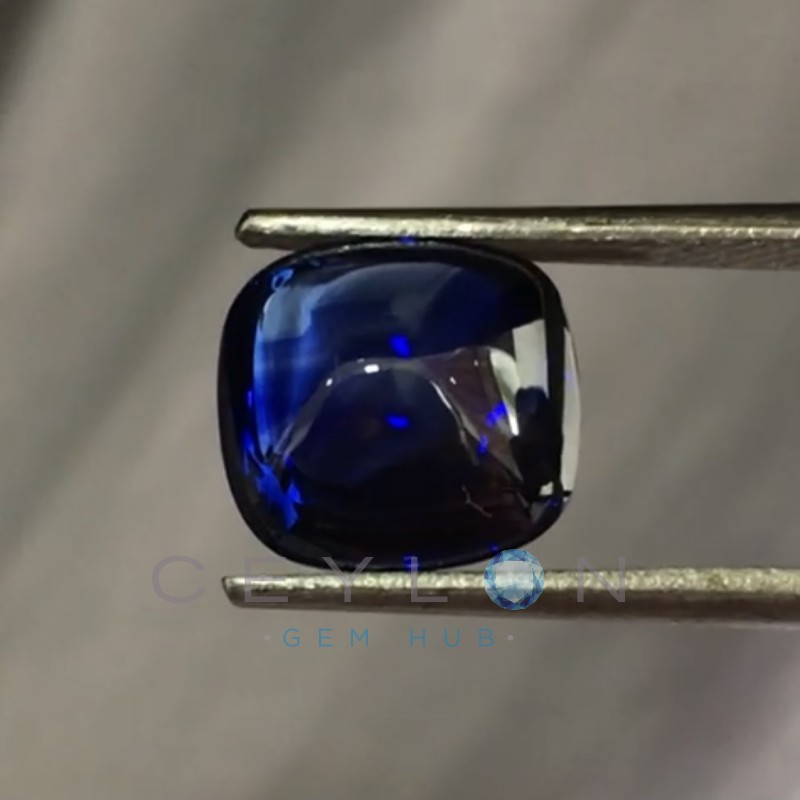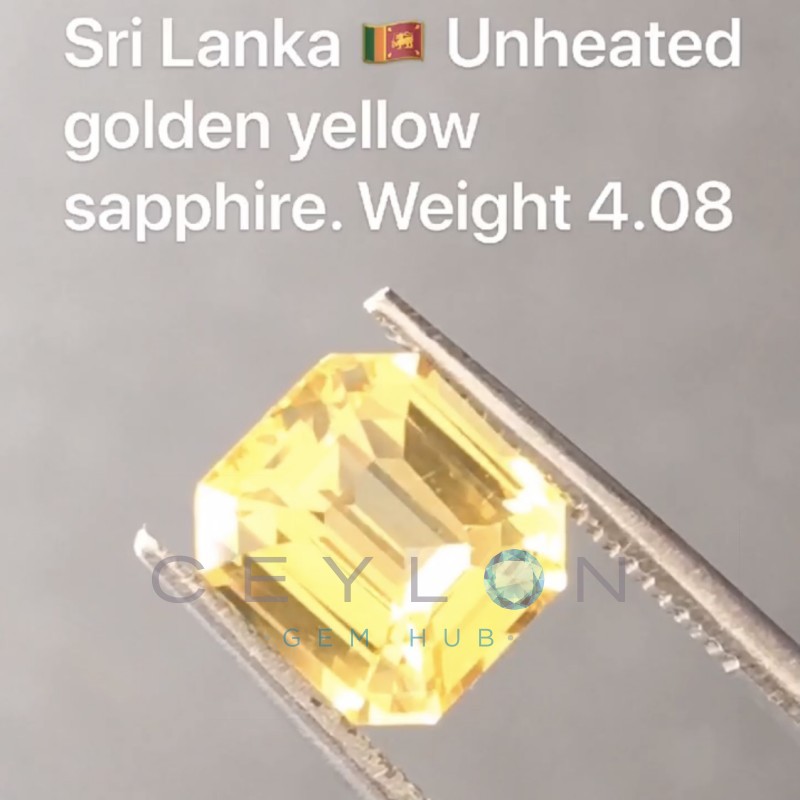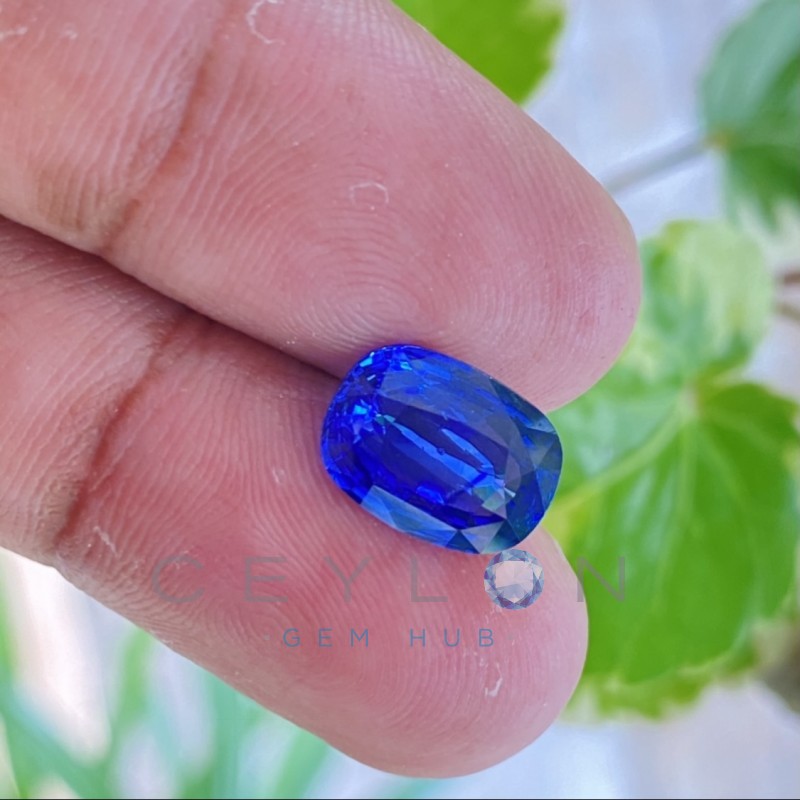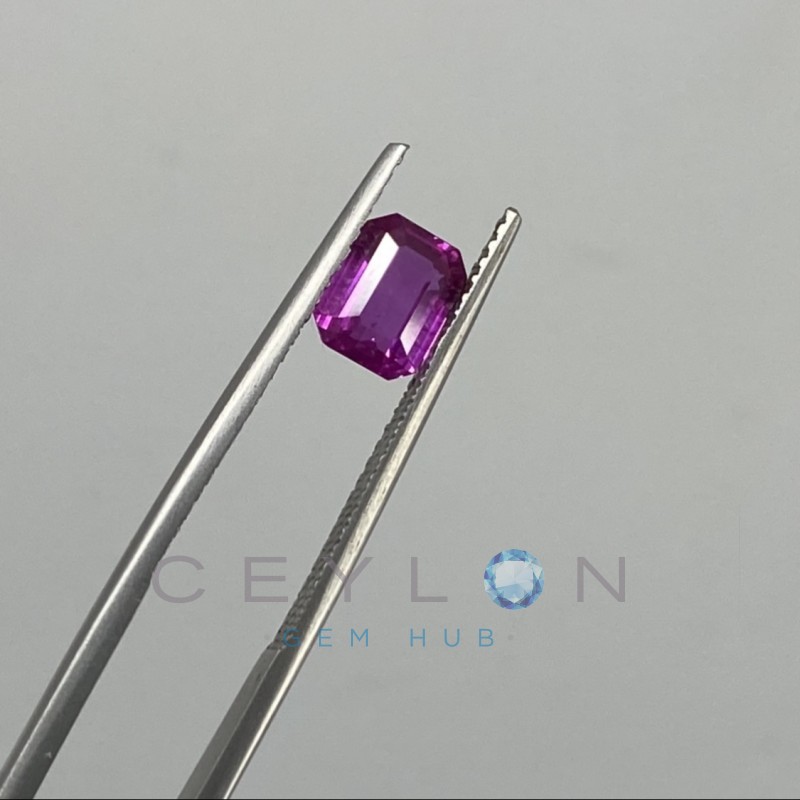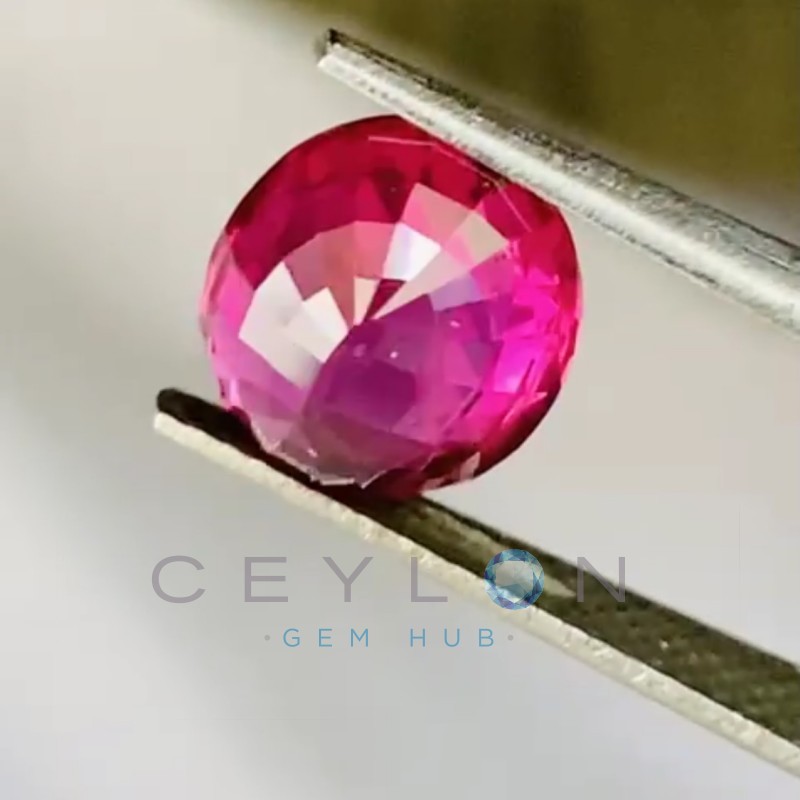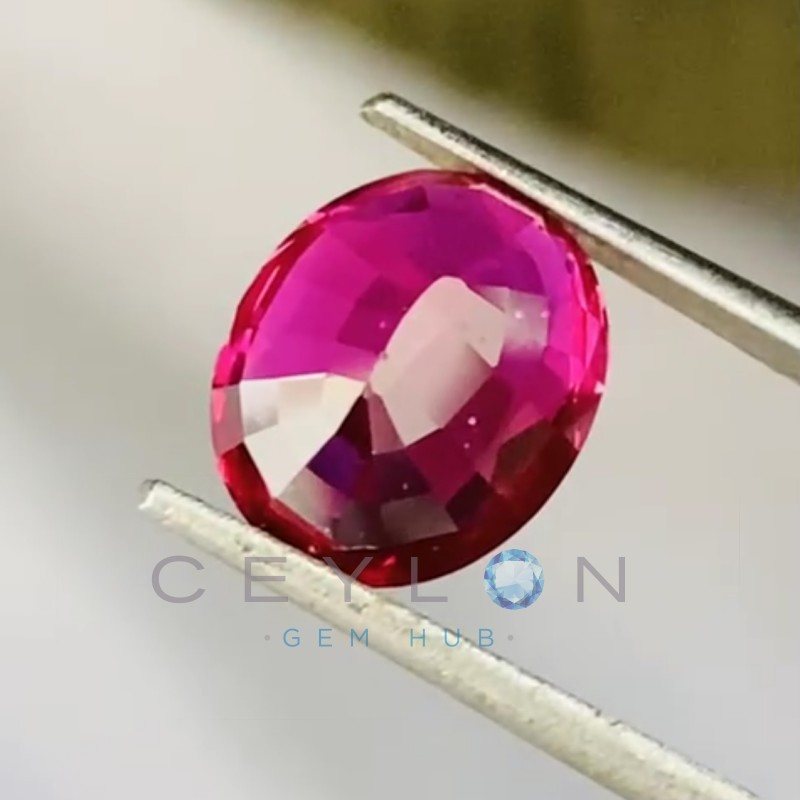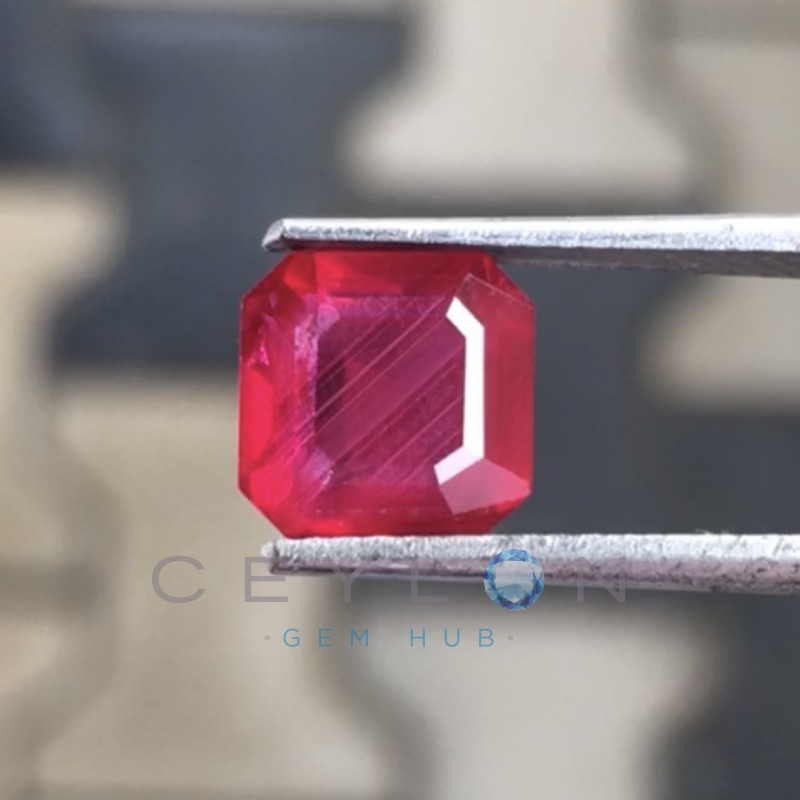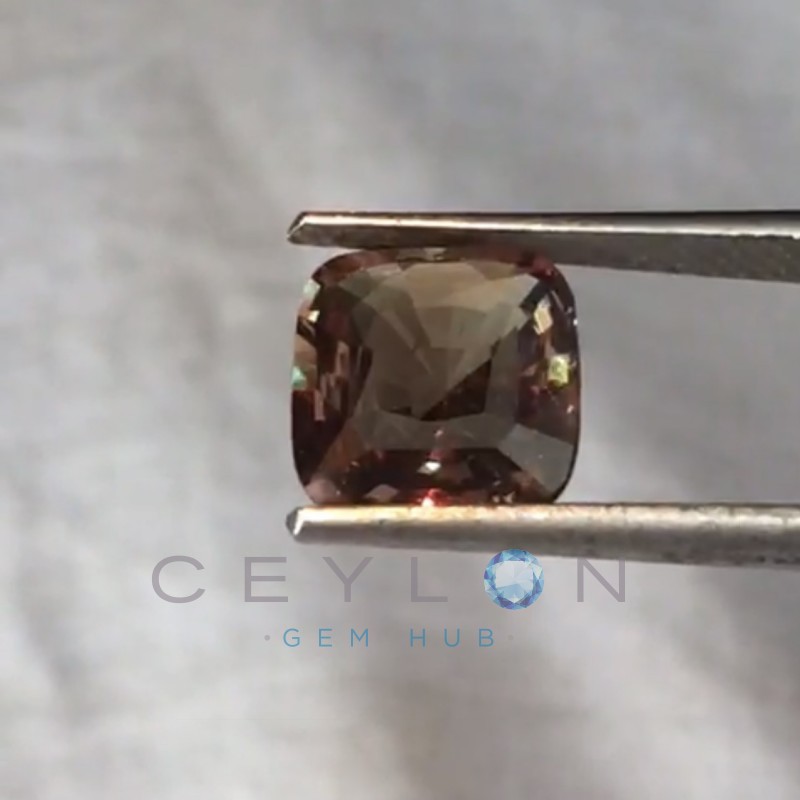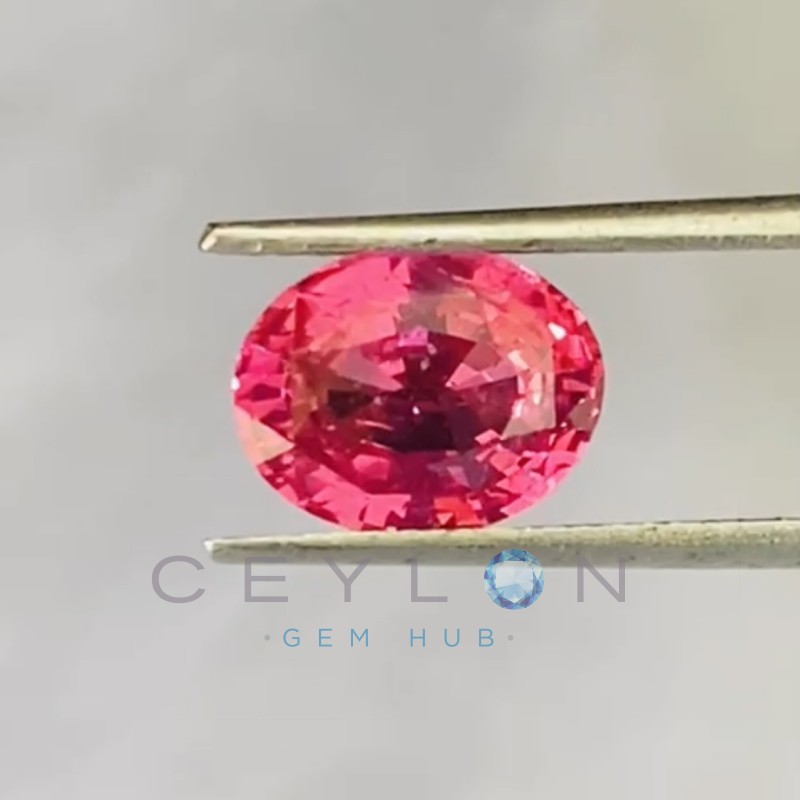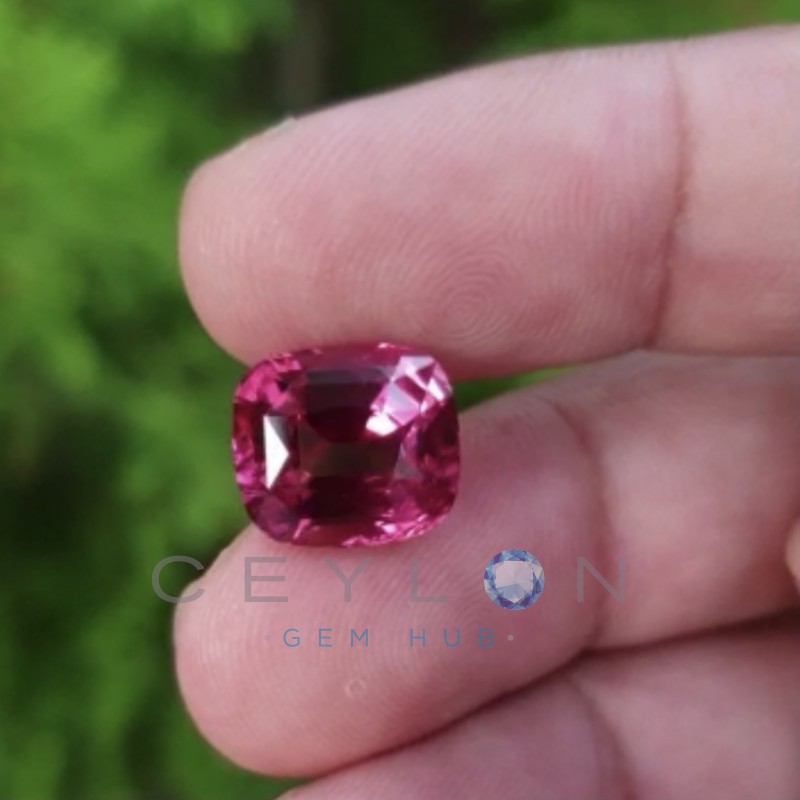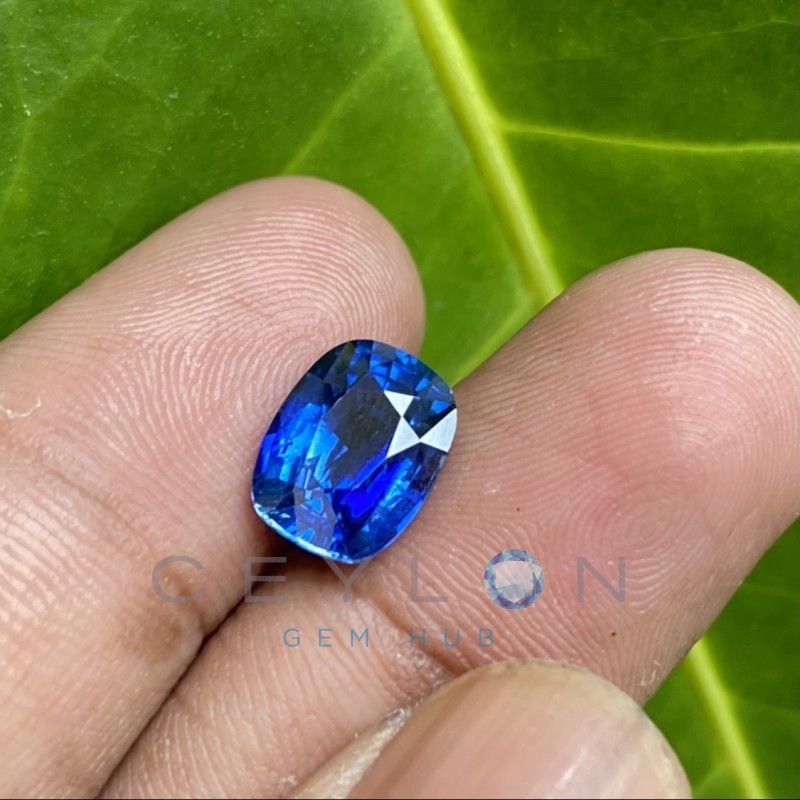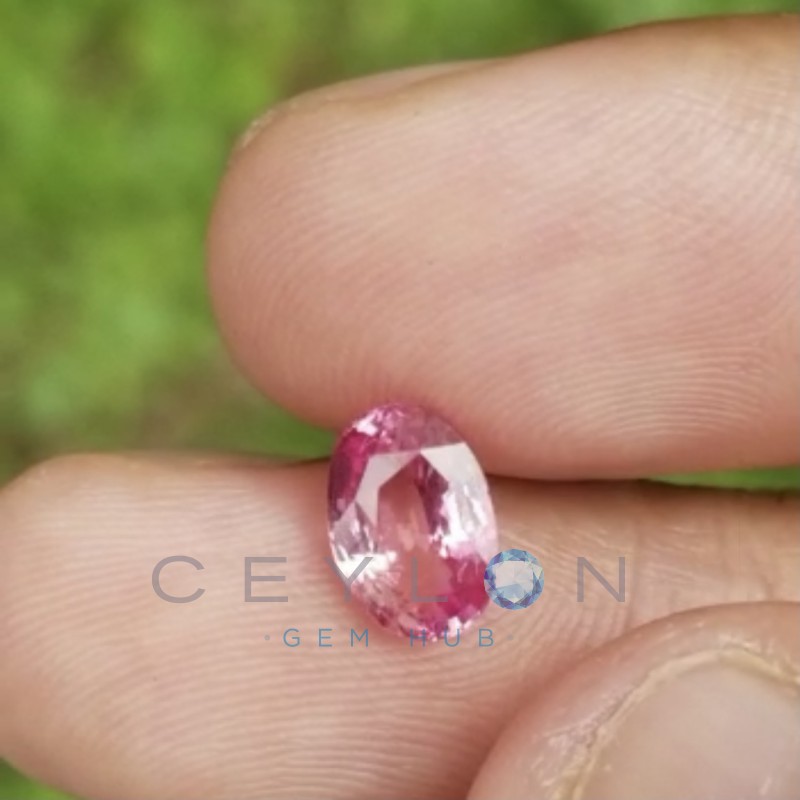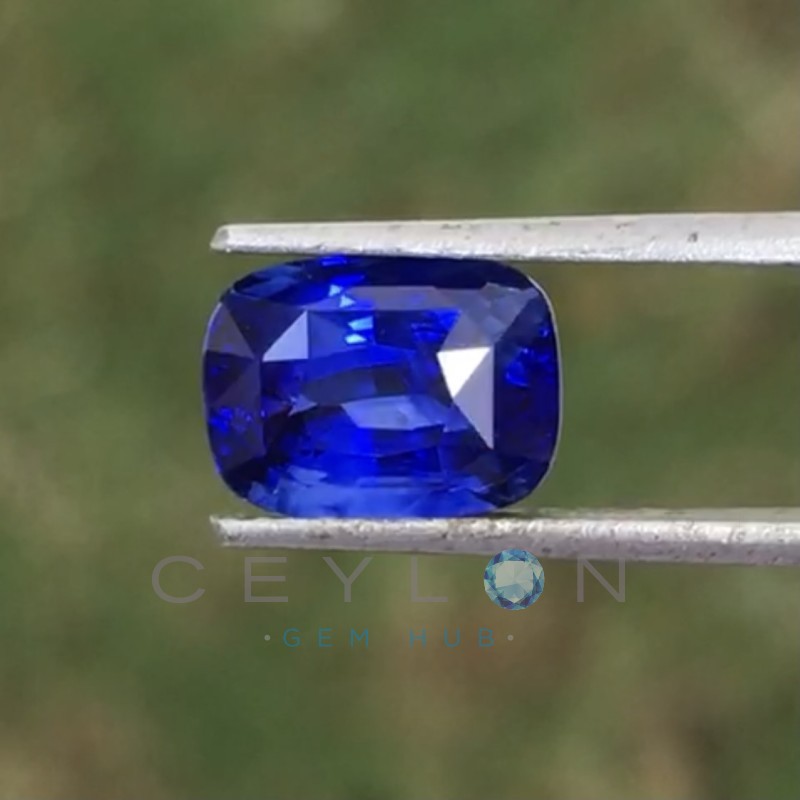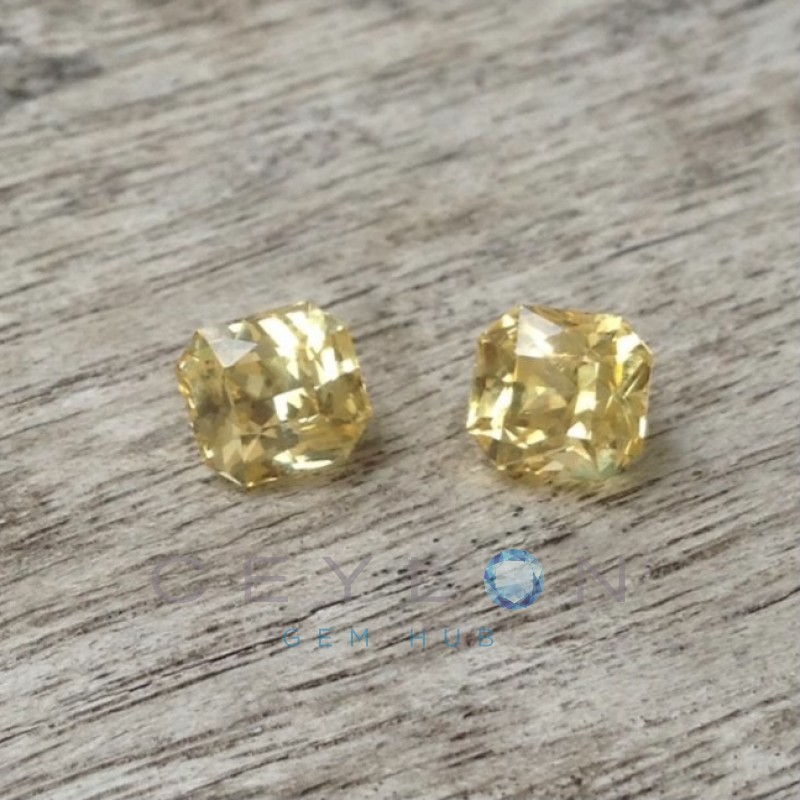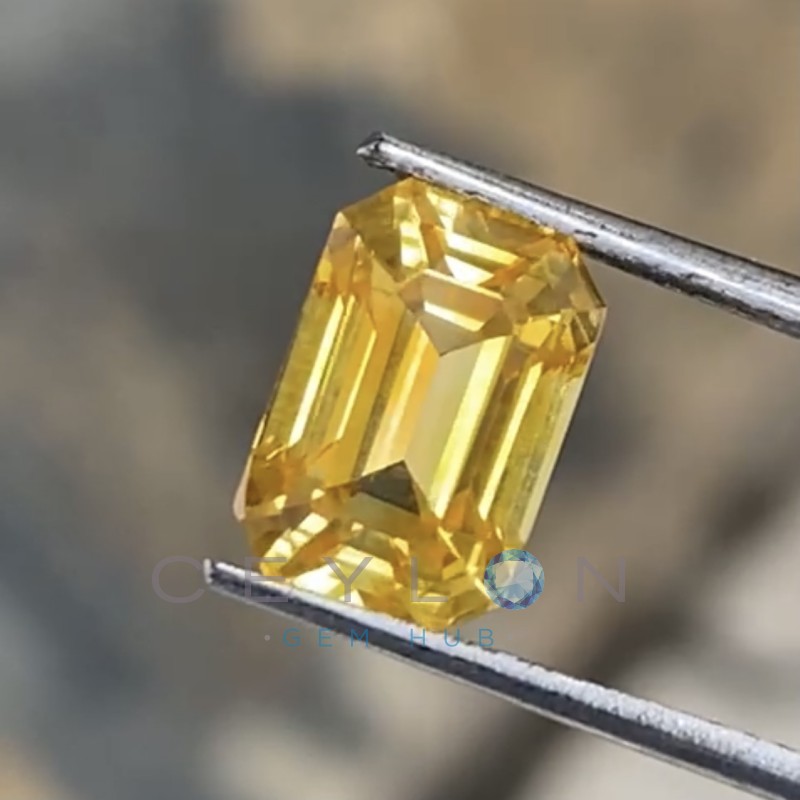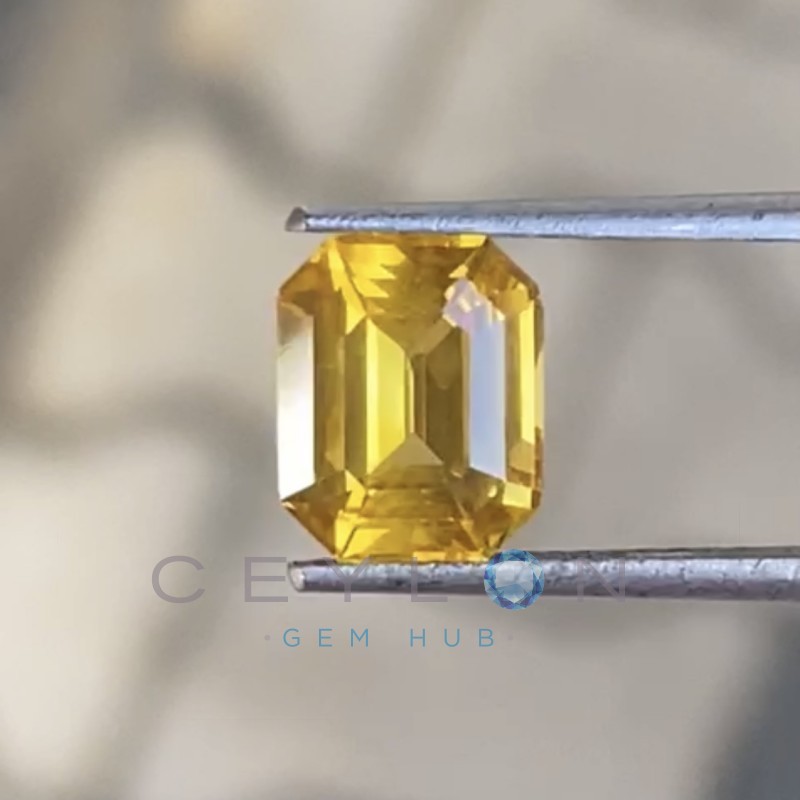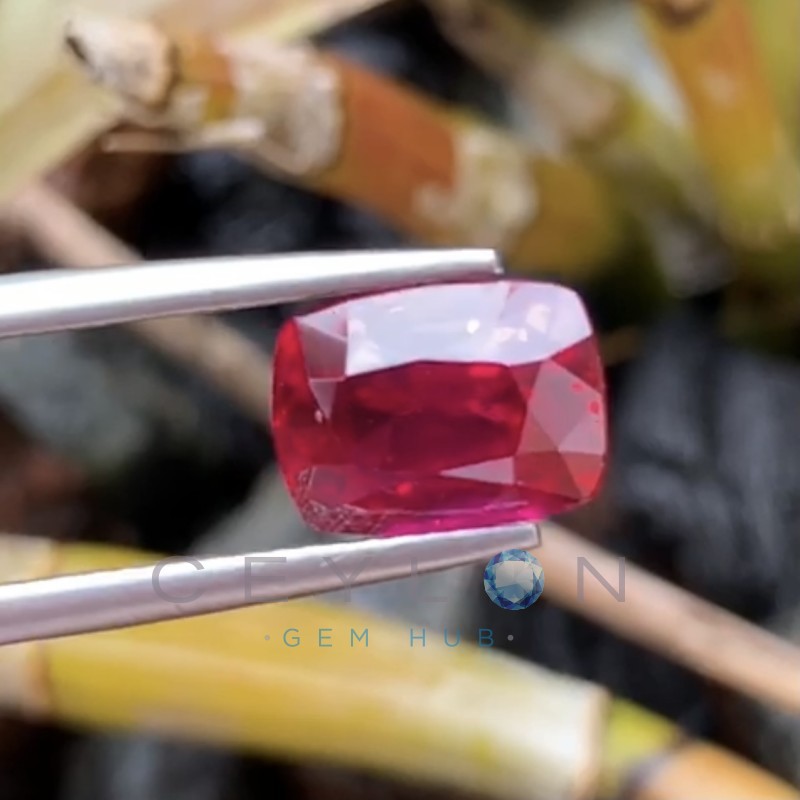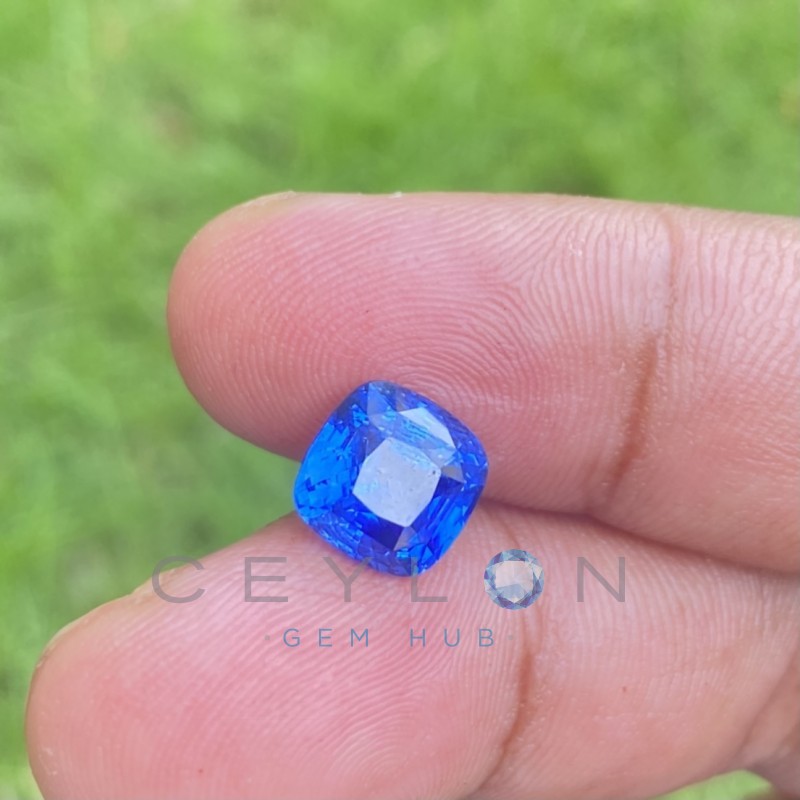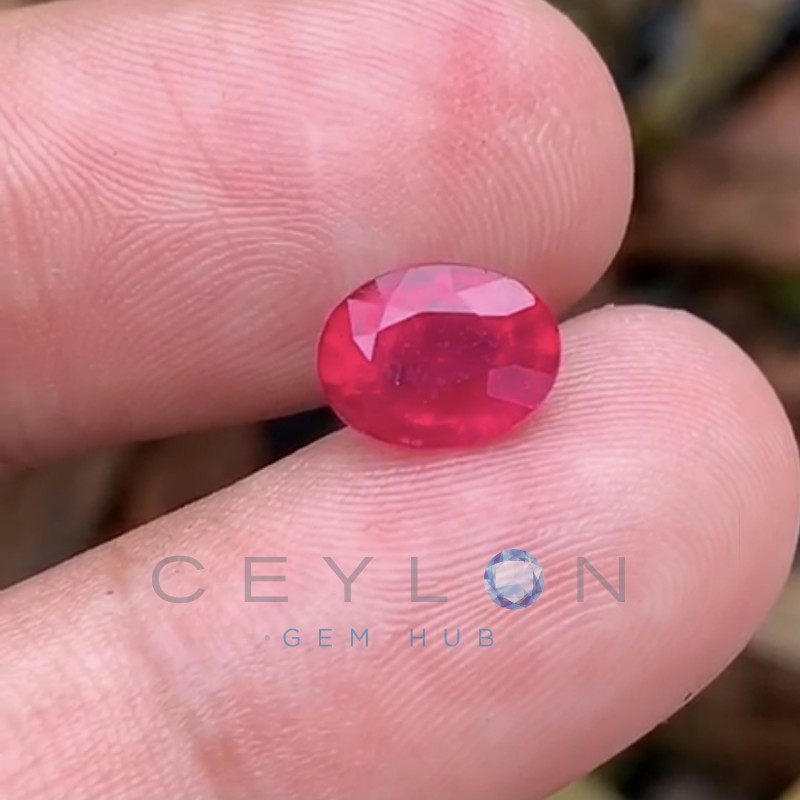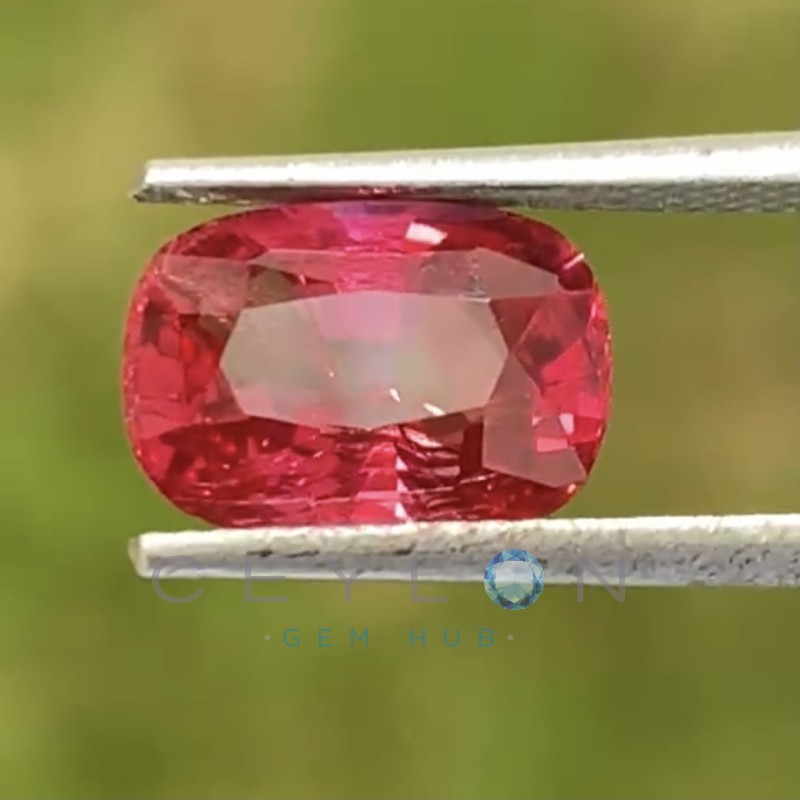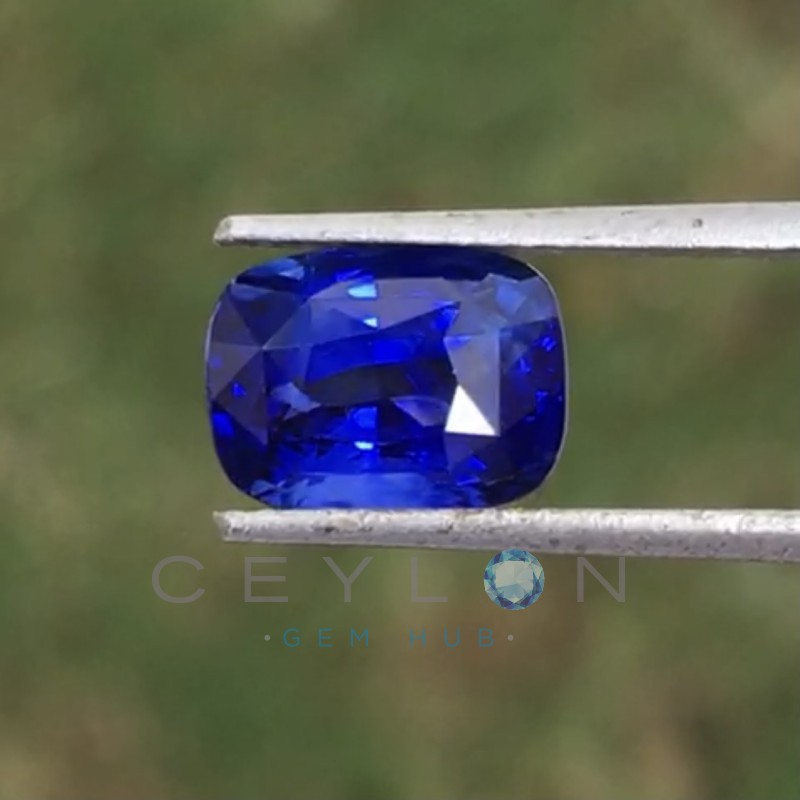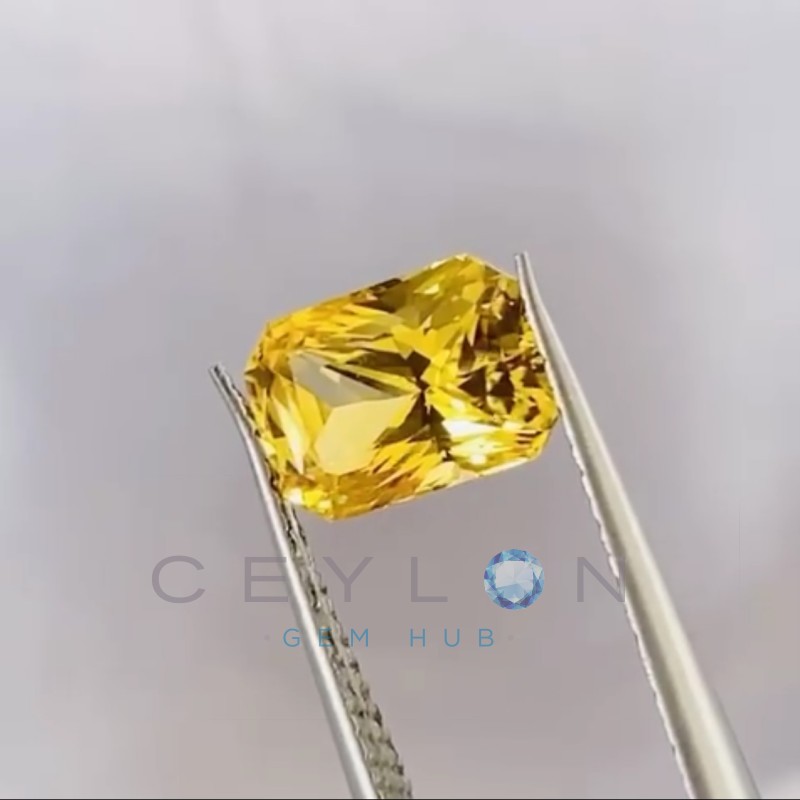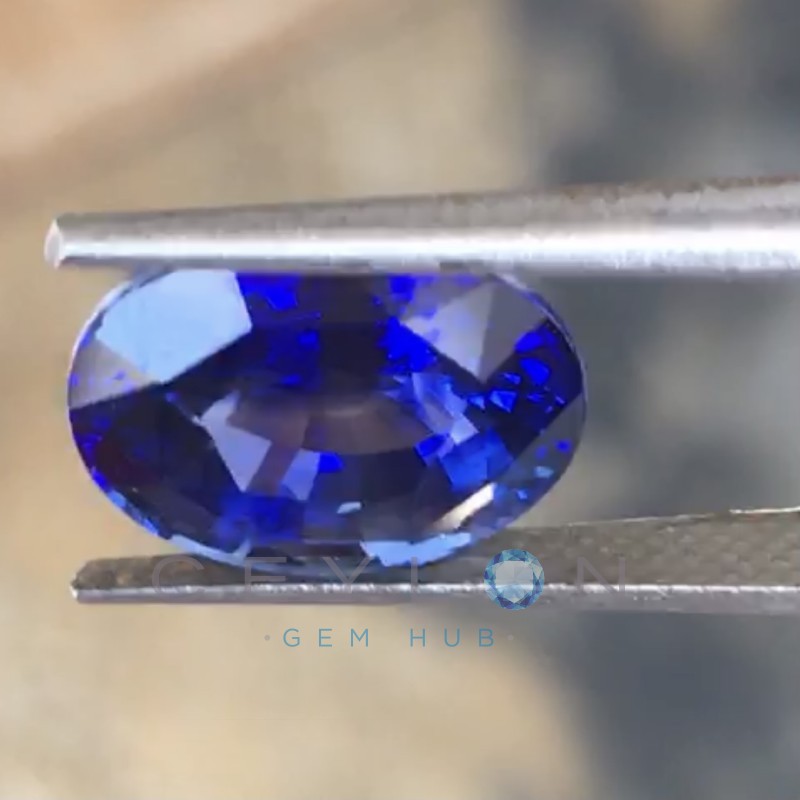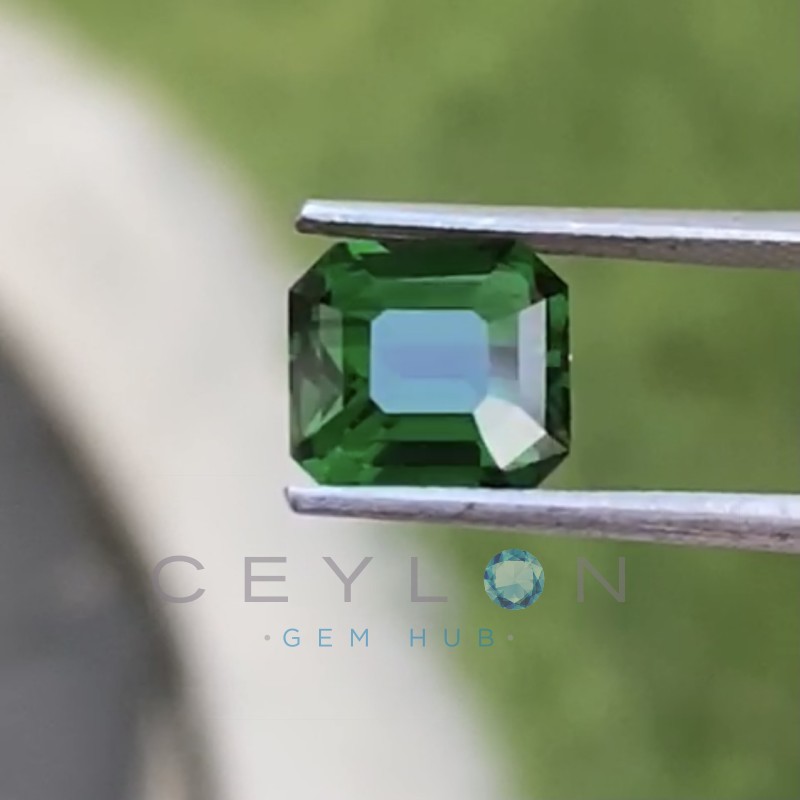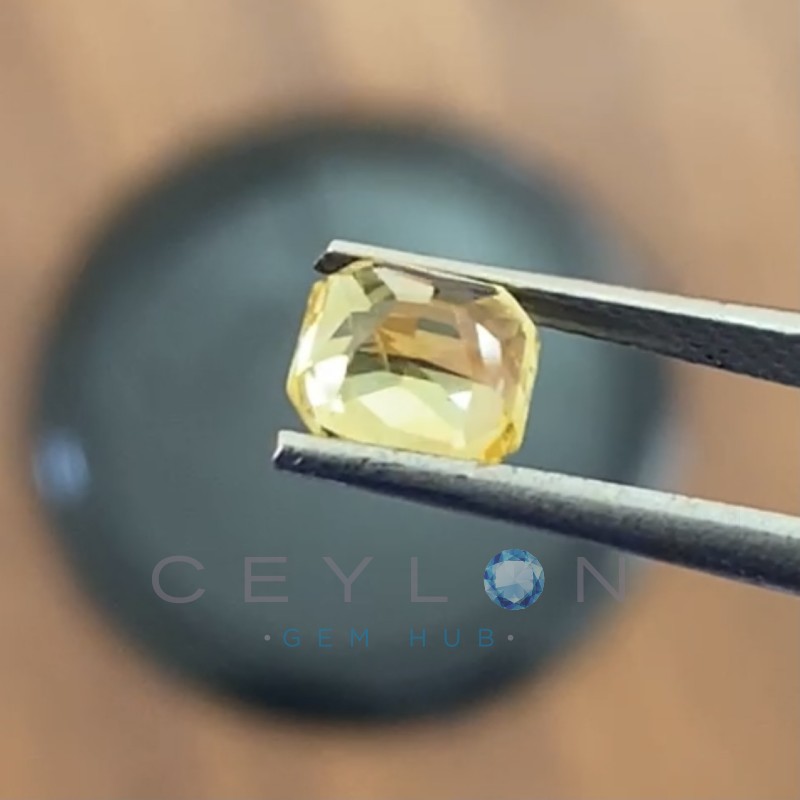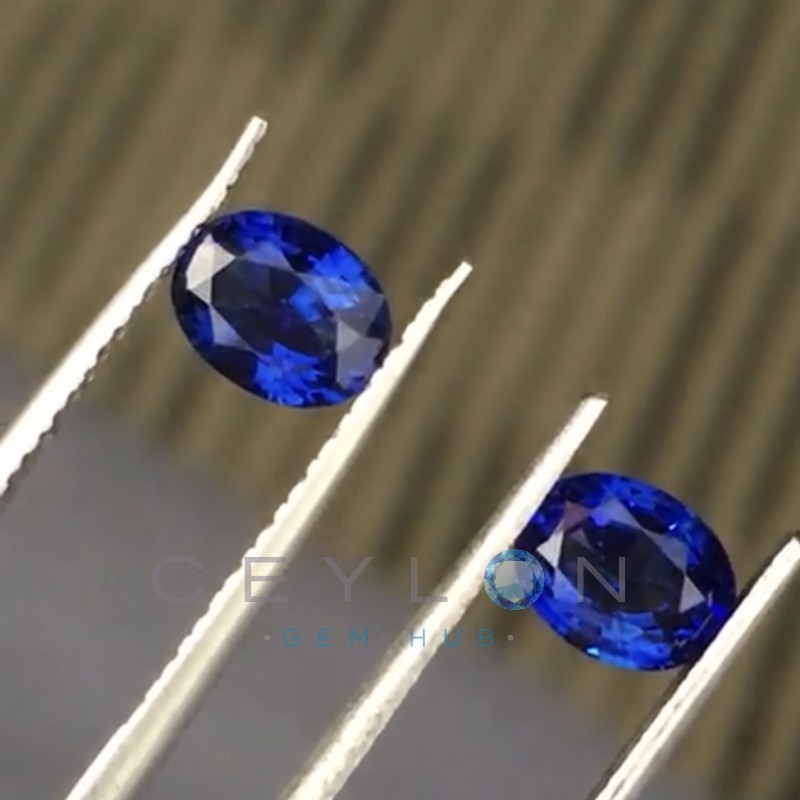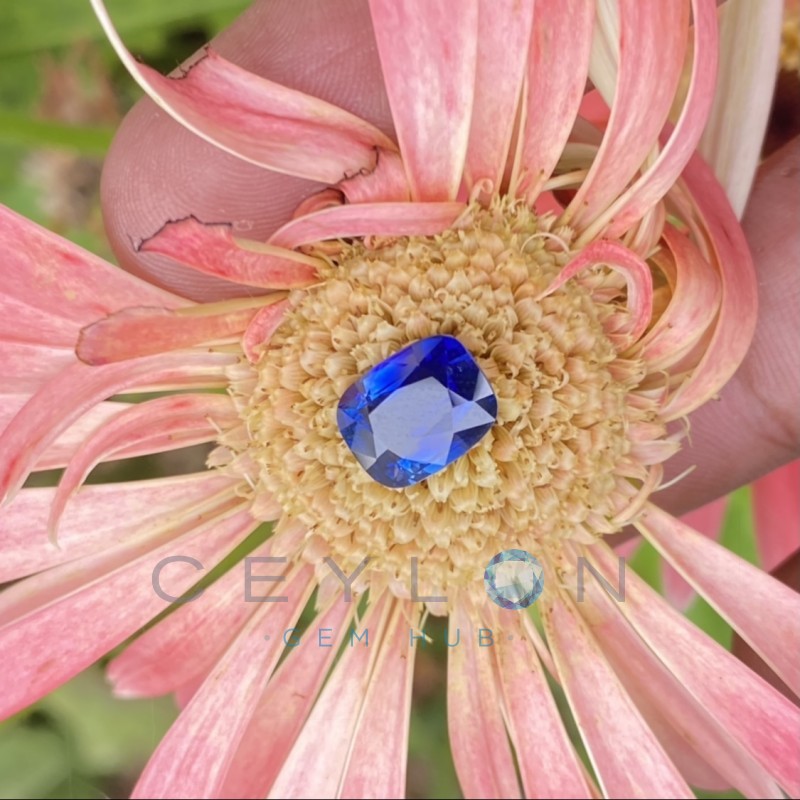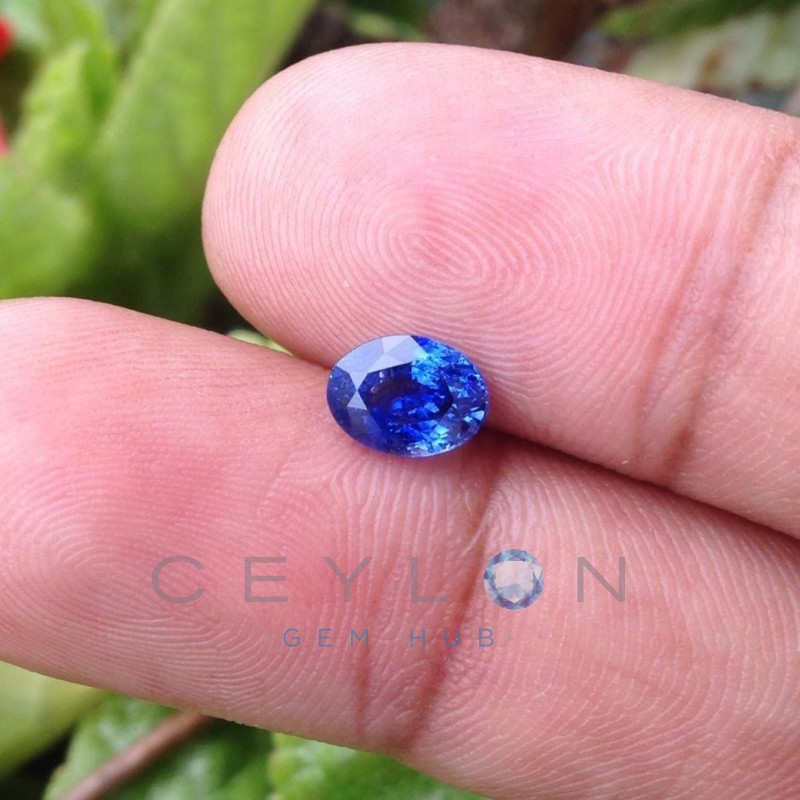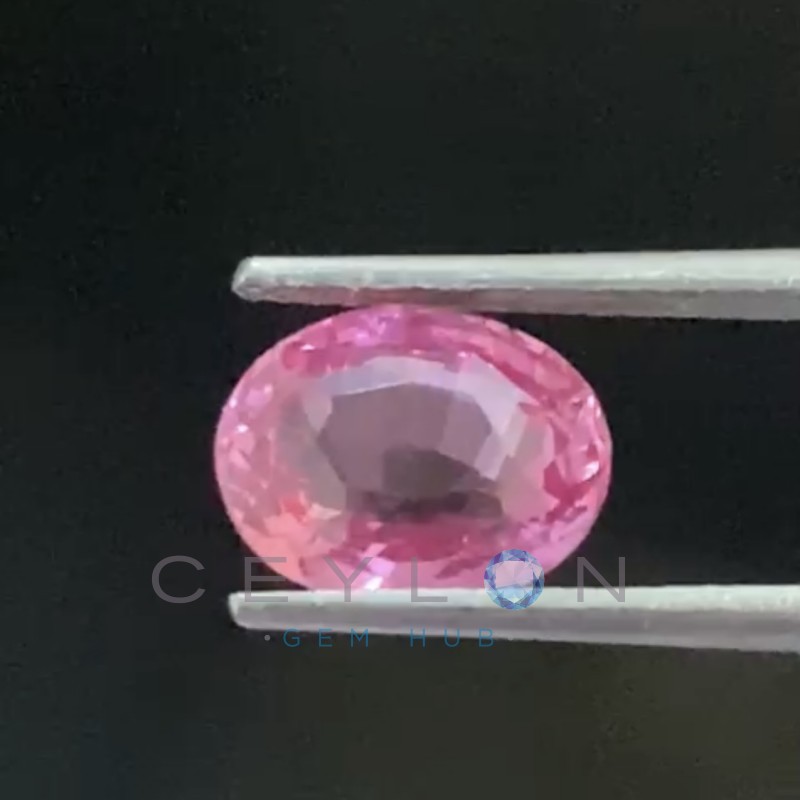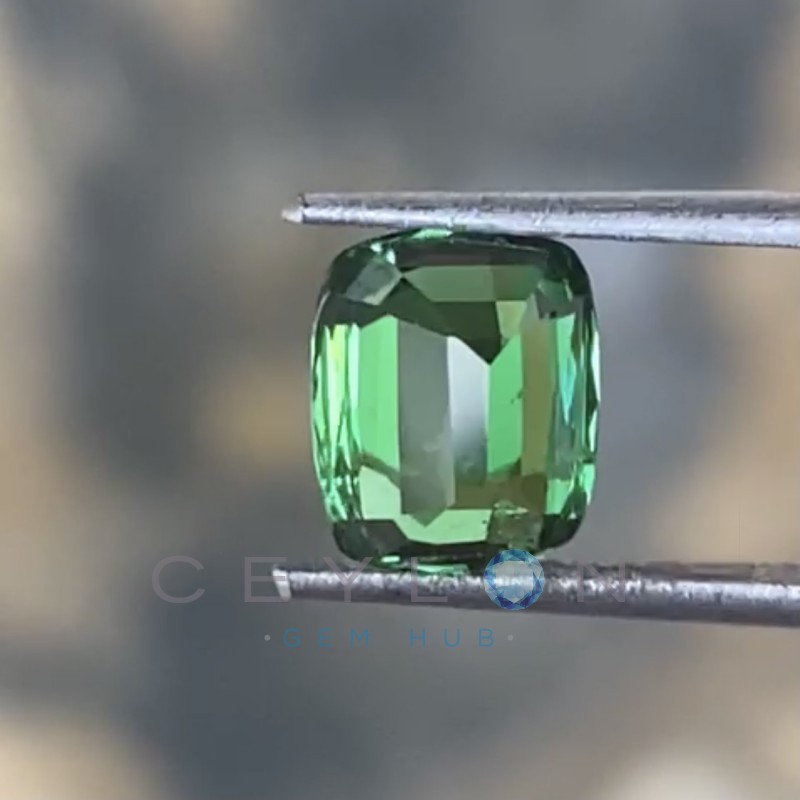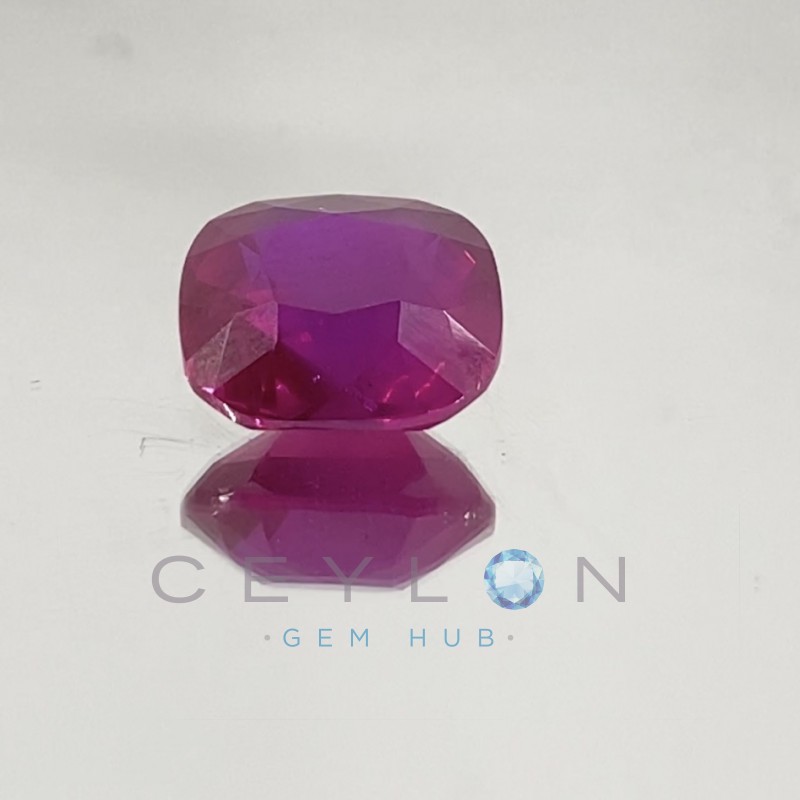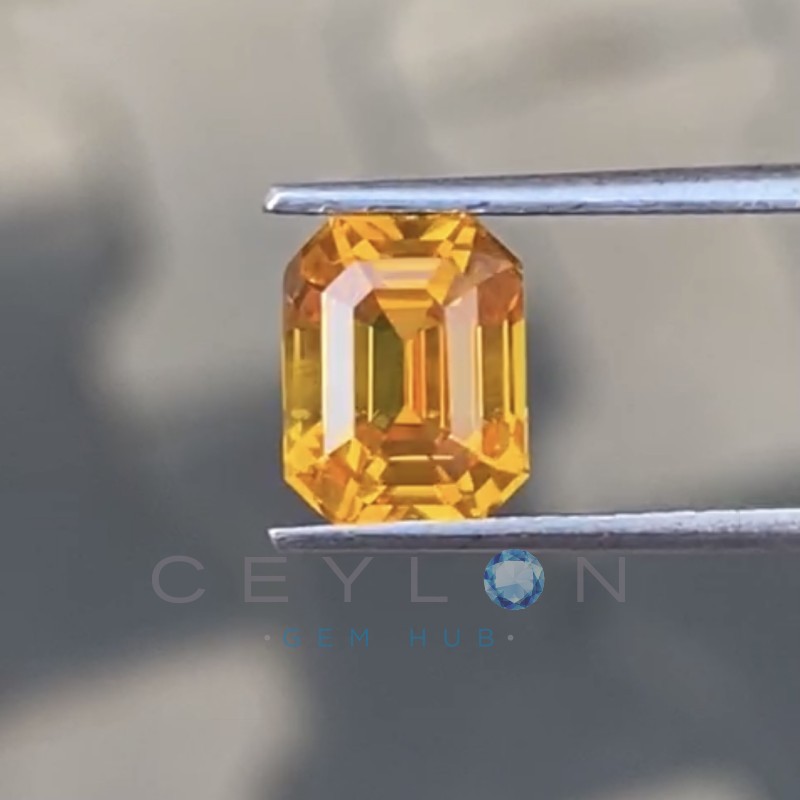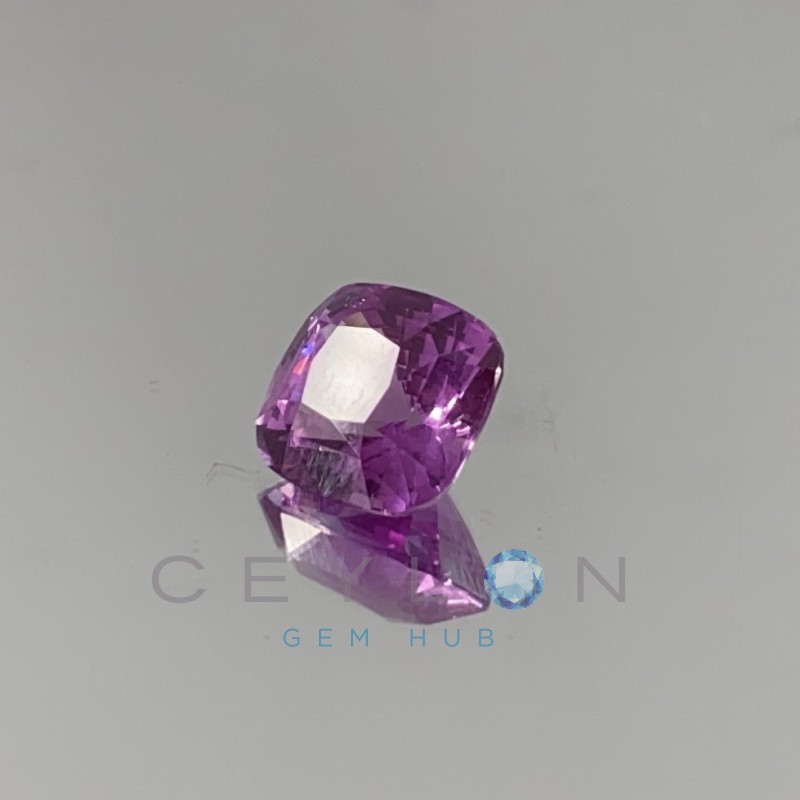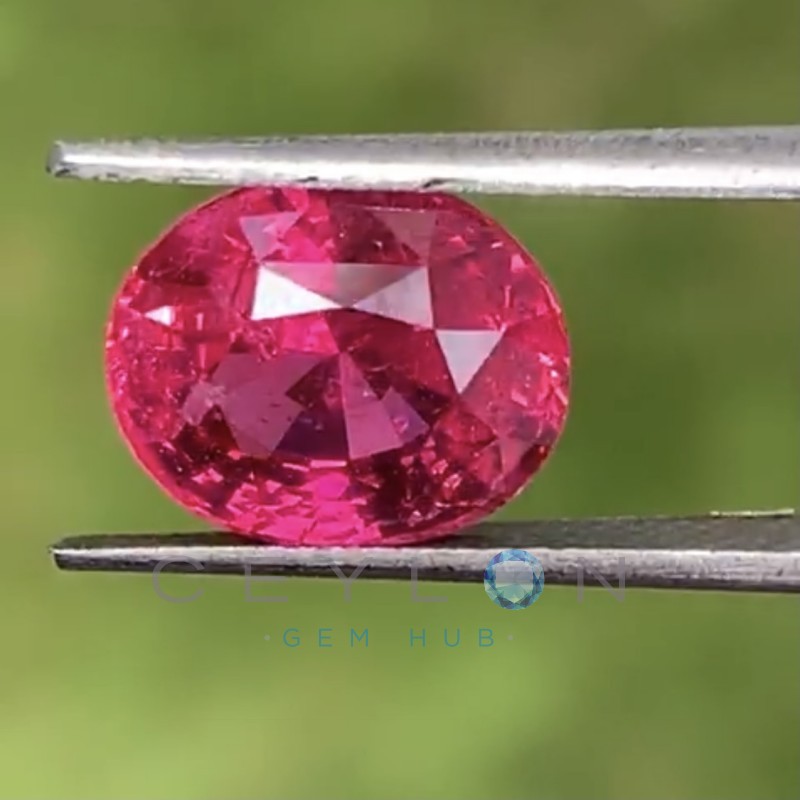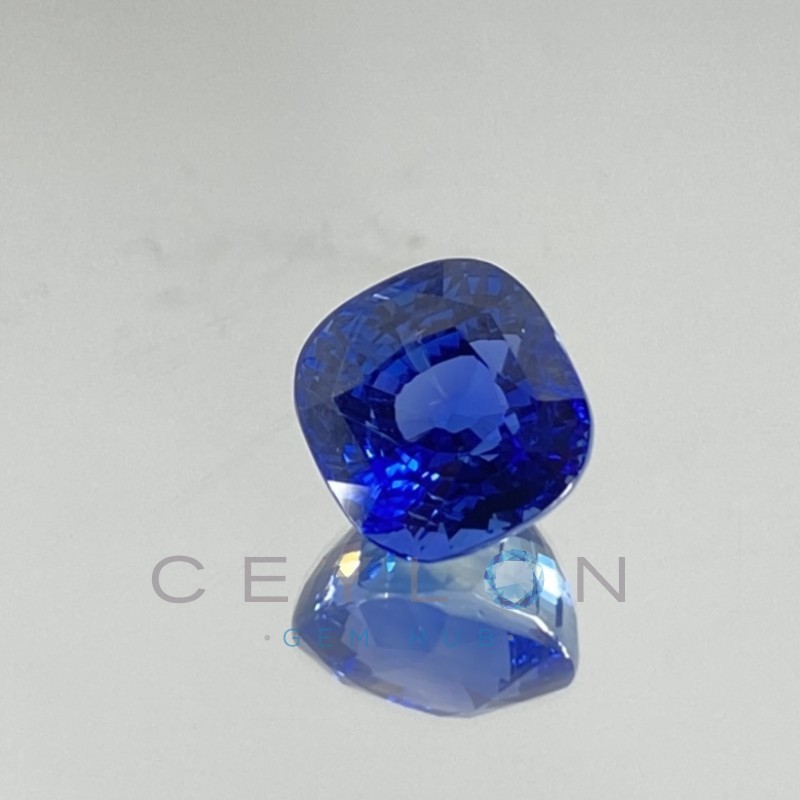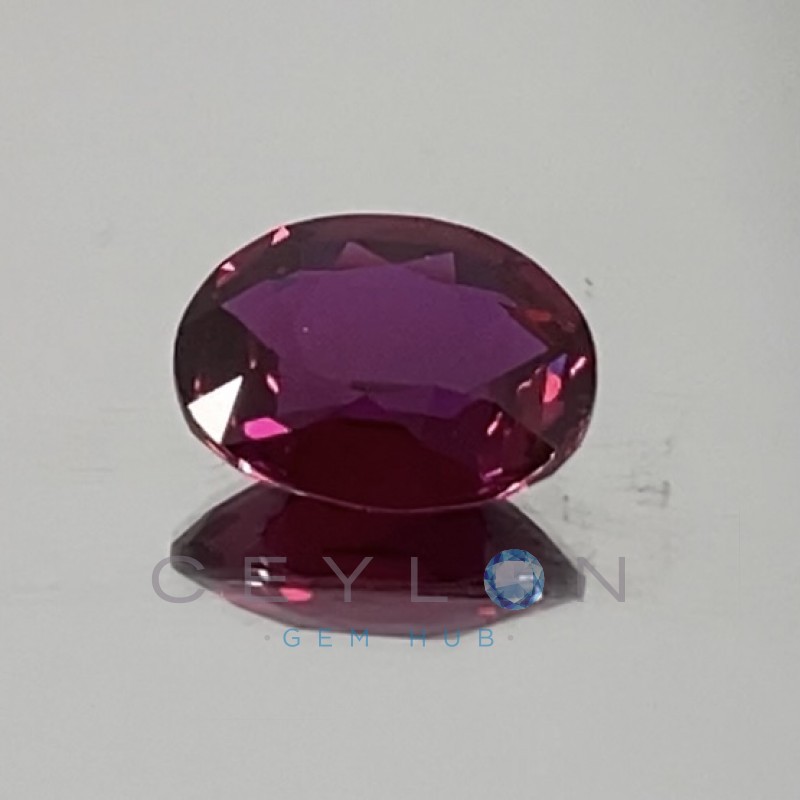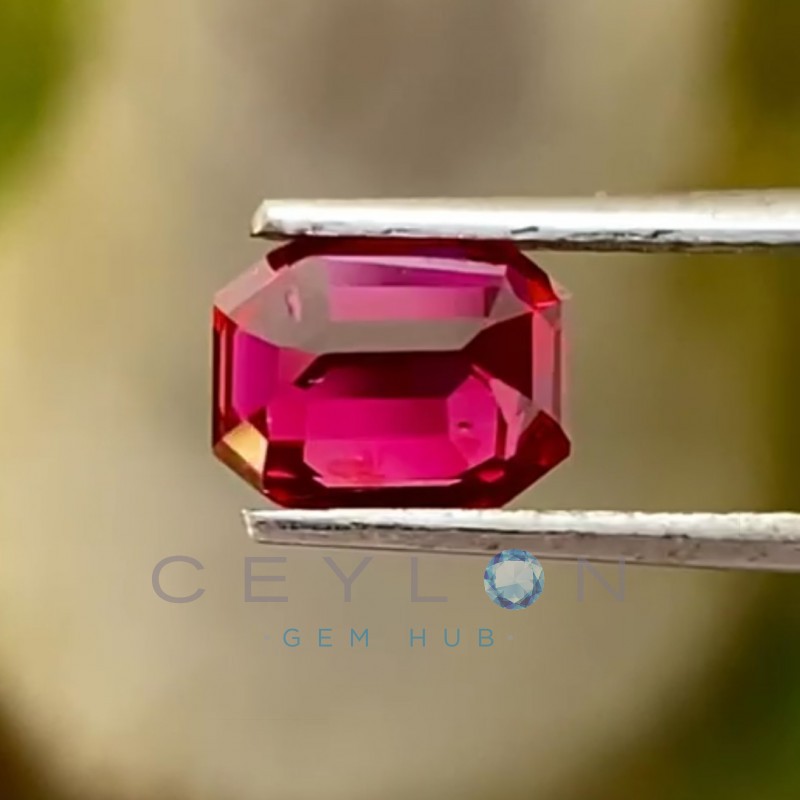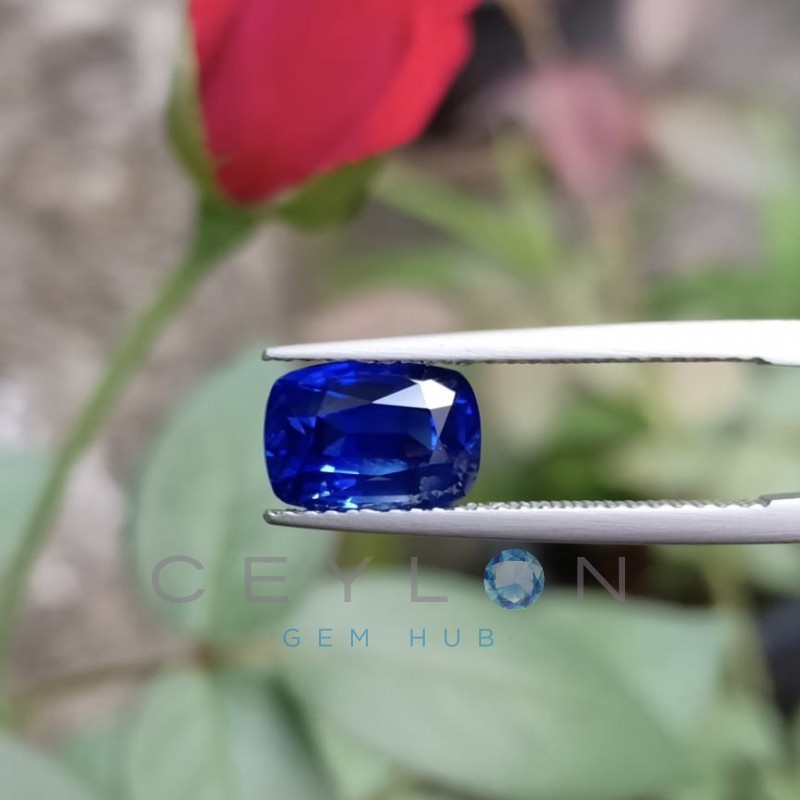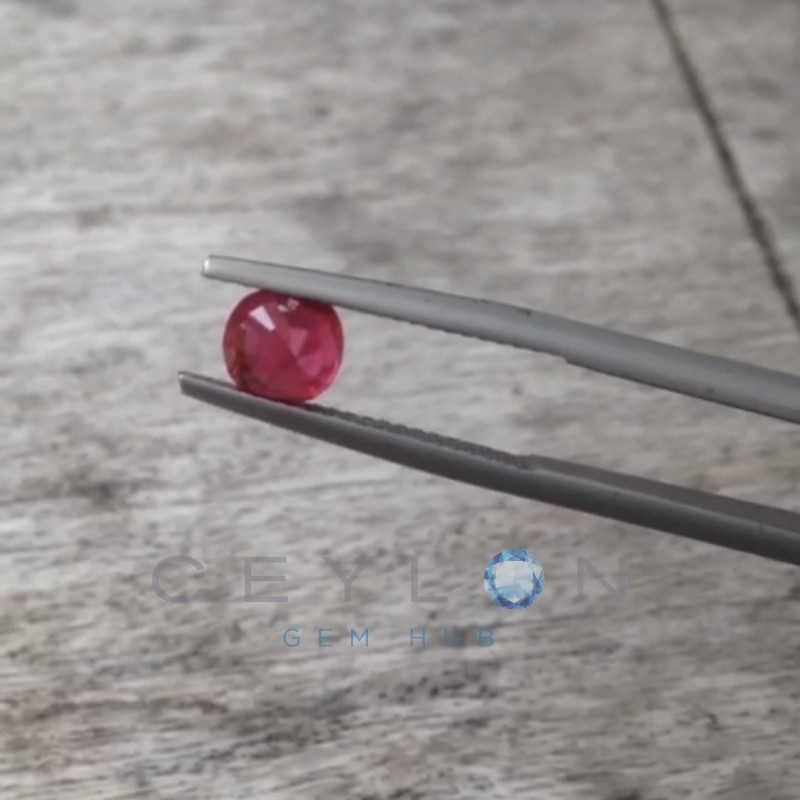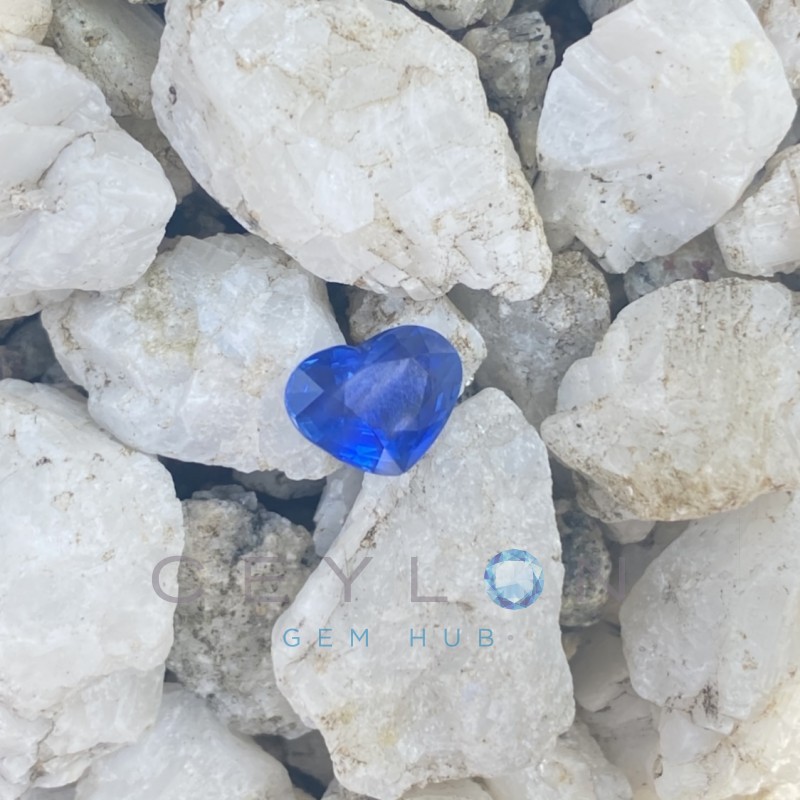
Its mineral rich soils have been yielding seemingly a never ending supply of high quality precious and semi-precious gem stones. Sri Lankan chronicle Mahavamsa records Ceylon was known as "Rathna deepa" in Sanskrit meaning The Island of Jewells. Sri Lanka has a rich history of large deposits of diverse gems stones.Ratnapura (‘City of Gems' in Singhalese) incredible variety of gemstones, many of them outstanding in comparison with stones from other regions. Since the early times Ceylon produces Blue, Golden Yellow, Pink, Orange sapphires, Rubies,Pinkish yellow (Padparadscha) Chrysoberyl cat's eyes,Alexandrite color changing garnets, Star sapphires, Garnets, Zircons, Tourmalines and Spinals.

The chronicle also mentions encrusted thrones owned by Naga king in 540 BC proving historical evidence for gem history going back to 2500 years. Many Sri Lankan Kings have sent gems and pearls to foreign countries seeking to establish trade and relationships. In 250BC the King at the time reported to have gifted three varied kind of gems and eight types of pearls to Indian Emperor.
A Roman Naturalist wrote "Tabrabane"s, ambassador (Sri Lanka know at that time) boasted of its fine gem stones during the time of Roman Emperor Claudius in AD 41 to 54. The Greek astronomer Ptolemy in 2nd century, Marco Polo in 12th Century, Famous Arab Explorer Ibnu Batuta in 14th Century and Robert Knox made several references about the abundance of Sapphires, Beryl's, Topaz, Amethyst and garnets they found and witnessed.
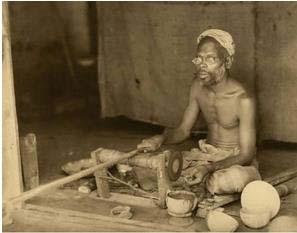
First type of Faceting Machine providing evidence for early gem cutting and polishing Industry.
Sri Lanka not only produced gems stones of remarkable variety, the mining, cutting, and polishing industry dates back to centuries. Almost all the stones that are found in Sri Lanka since the periods of the kingships are cut and polished before exported. The expertise of cutting and polishing has been in the bloods of Sri Lankan due to abundance of knowledge about varied types of gemstone and how each type should be cut. The gem industry is largely vested in the hands of the Ceylon Moors descendants of Arabians. This is due rich expertise of Arabian trading, profound ability to speak different languages and travel across different country to seek commercially valuable items.
Ceylon is known not only for it possession of gem stones but for its natural beauty. The Island is famous for, providing Natural Habitat for numerous wild life, rivers flowing throughout the country flourishing its lands. Country has divers Ethnicity of Sinhalese, Tamils, Muslims, and Burgers with welcoming tropical climate beloved by tourists.
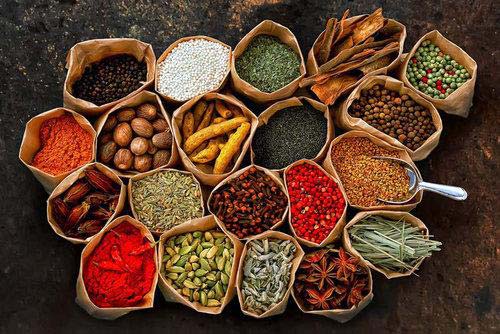
The first man Adam believed to be descended at "Pidurutharalaga" (Adams peek) where his large foot is print finely preserved for thousands of years. This is one of many tourist destination along with "Sigiriya" Huge Natural Rock carved into royal fortress Build by king Kasiyappan in (477-495) a UNESCO Heritage, Singaharaja Rain forest, warm beaches attracting millions of tourists from different parts of the globe every year.
In addition to gem and Sri Lankan is known for producing various agricultural products such coconuts, rubber, tea, textiles and spices such as cinnamon, cardamom, and clove. Natural resources extend from gems stones to Limestone, Graphite, mineral sands, Phosphates, Uranium, Clay, and rivers used for hydroelectric power lighting most of the industries and homes.
Many scattered references, legends indicates that Gems and Natural Beauty filled with resources attracted the early migrants. Prince Vijaya of Nagas with his hundreds of followers from Southern India taking control of the island from Yakkhas (Inhabitants of Sri Lanka) after being expelled from Indian kingdom in between 543-505 BC stabling kingdom to become the first king and ancestors of modern Sinhalese.
When country's prospered over the next Millennia expeditions and voyagers visited the Rathna deepa for trading and exchanging valuable goods. Early Arabians and Moroccans, Somalians visited to trade spices in time to time. The first Portuguese arrival was largely accidental due to an adverse wind of storm drove them to coast of Galle. Initially Portuguese intentions was to seek commerce then took advantage of Sinhalese division in King Wijyabau period. The colonization of Portuguese remained from 1505 until 1656, Dutch were invited by the Sri Lankans to help fight the Portuguese which is commonly referred as bad trade for exchanging ginger for Chili (where Portuguese rule is referred as Ginger and Dutch as chili). The Dutch rule continued from 1656-1796 and then by British until 1948. During the time most of the gem deposits believed to found and exported to their nations.

The geology of this land has sustained its oddity for millions of years since the super continental age though it has moved it way from South East Africa to current strategic location at the Indian Ocean making primary nautical corridor between the east and west. Now Sri Lanka is showing exponential growth in service, industrial, agriculture after the end of 25 year civil war in 2009. The regulations relating to mining, exports of gem industries has relaxed prospering in growth in gems and other sectors.

More Articles on Ceylon Gems!


